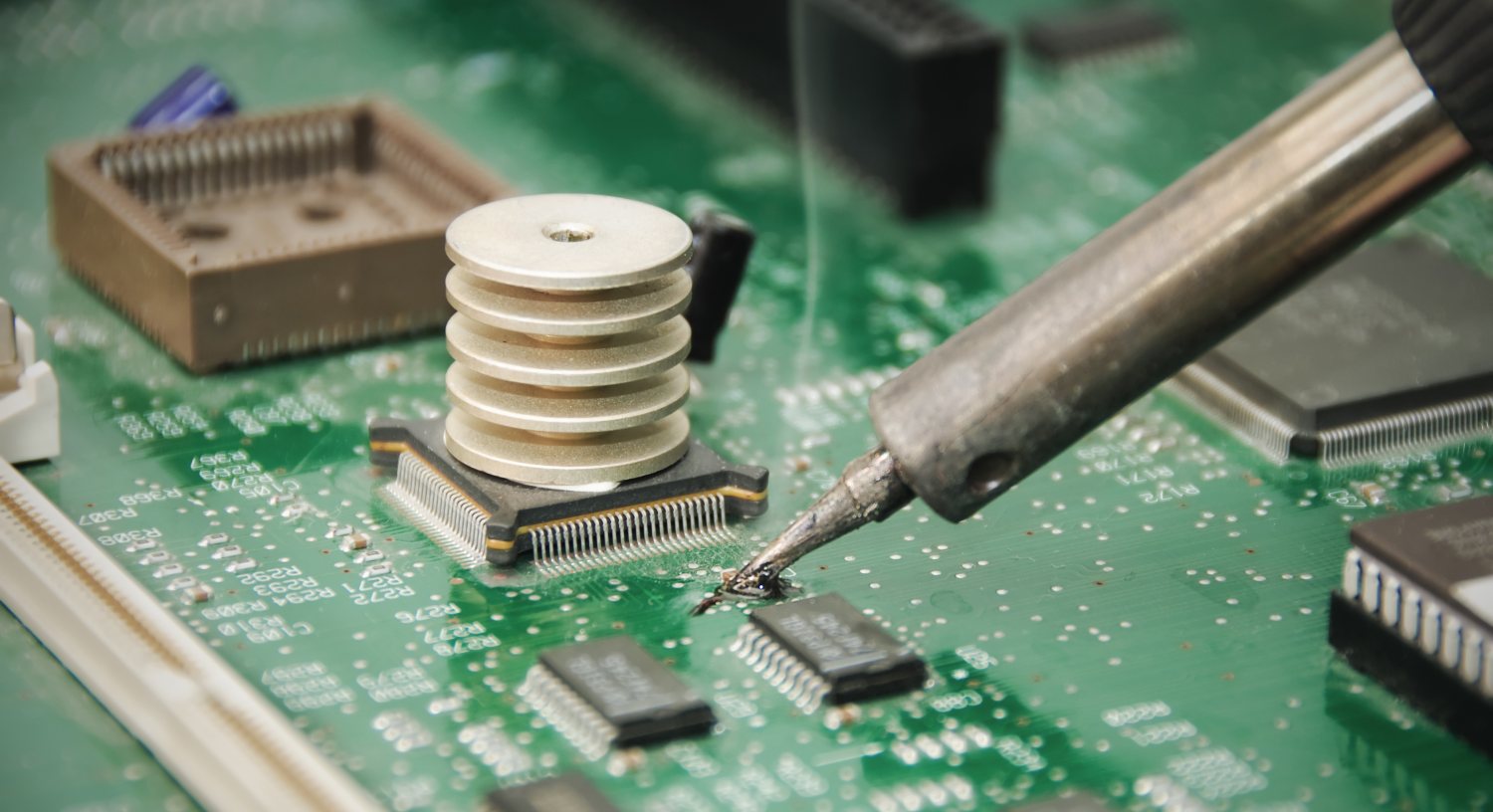In today’s rapidly evolving technological landscape, industrial-grade electronic components are the backbone of countless industries. These components are crucial for ensuring the reliability and efficiency of machinery and systems across various sectors. For both exporters and importers, understanding the intricacies of these components is vital to making informed decisions and staying competitive in the market.

What Are Industrial-Grade Electronic Components?
Industrial-grade electronic components are specifically designed to withstand harsh environmental conditions and demanding operational requirements. Unlike standard commercial components, these are built to offer enhanced durability, reliability, and performance. This makes them ideal for applications in industries such as manufacturing, aerospace, and telecommunications.
Key Characteristics of Industrial-Grade Components
Industrial-grade components typically feature:
- High tolerance to temperature variations
- Resistance to moisture, dust, and other environmental factors
- Extended operational lifespan
- Superior performance under heavy loads
The robust nature of these components ensures that they can function optimally in challenging conditions, making them indispensable for critical applications.
Importance for Exporters and Importers
For importers and exporters, the significance of industrial-grade electronic components cannot be overstated. These components are a key part of international trade in the electronics sector. Understanding their specifications, standards, and certifications is essential for ensuring quality and compliance in global markets.
Meeting International Standards
Ensuring that industrial-grade components meet international standards is crucial. This not only guarantees product quality but also facilitates smoother trade across borders. Importers and exporters must be familiar with certifications such as ISO, CE, and RoHS, which are commonly required in different regions.
Supply Chain Considerations
Managing the supply chain effectively is another critical aspect. Importers and exporters must ensure timely delivery and maintain adequate inventory levels. This requires close collaboration with manufacturers and logistics providers to avoid disruptions and meet customer demands.
Applications Across Industries
Industrial-grade electronic components are employed in a wide range of industries, each with specific requirements:
Manufacturing
In manufacturing, these components are used in automation systems, robotics, and control systems. Their reliability and precision are essential for maintaining production efficiency and minimizing downtime.
Aerospace
The aerospace industry relies heavily on industrial-grade components for avionics, communication systems, and navigation equipment. These components must endure extreme conditions and maintain flawless operation for safety and performance.
Telecommunications
Telecommunications infrastructure requires robust components to ensure uninterrupted service. Industrial-grade components are used in network equipment, base stations, and data centers where reliability is non-negotiable.
Challenges and Solutions
While the benefits of industrial-grade electronic components are clear, there are challenges that importers and exporters must navigate:
Cost Considerations
These components are typically more expensive than their commercial counterparts. Importers and exporters must balance cost with quality to meet customer expectations without compromising on performance.
Technological Advancements
The rapid pace of technological advancement presents both opportunities and challenges. Staying updated with the latest innovations and incorporating them into product offerings can provide a competitive edge.
Future Trends
The future of industrial-grade electronic components is promising, with several trends shaping the industry:
Increased Automation
The push towards automation in various sectors is driving demand for advanced components that can support sophisticated systems and processes.
IoT Integration
As the Internet of Things (IoT) continues to expand, the need for components that can seamlessly integrate with IoT devices is growing. This opens up new opportunities for innovation and market growth.
Conclusion
Industrial-grade electronic components play a pivotal role in supporting modern industries. For importers and exporters, understanding their characteristics, applications, and market dynamics is crucial for success. By staying informed about industry standards, technological advancements, and future trends, businesses can effectively navigate the complexities of the global electronics market and capitalize on emerging opportunities.

FAQs
What are the main advantages of industrial-grade electronic components?
These components offer enhanced durability, reliability, and performance, making them suitable for harsh environments and critical applications.
How do these components differ from standard commercial components?
Industrial-grade components are designed to withstand extreme conditions and provide superior performance, whereas commercial components may not meet the same rigorous standards.
What industries benefit most from these components?
Industries such as aerospace, manufacturing, and telecommunications benefit significantly from the robust nature of industrial-grade electronic components.


